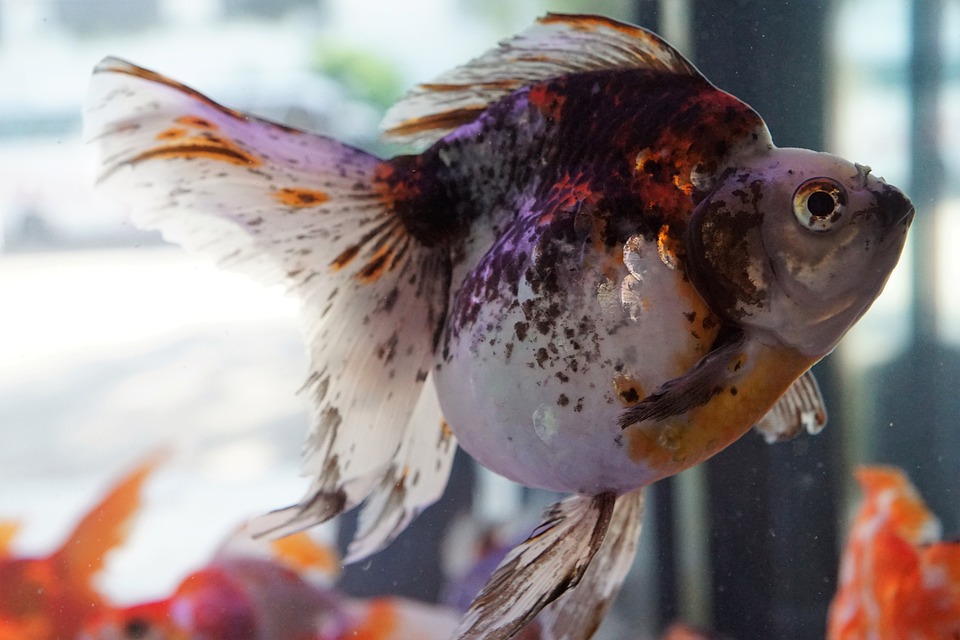In this comprehensive analysis, we have explored the feeding patterns of fish in aquariums. We have discussed the importance of understanding fish feeding behavior, including their natural instincts and social feeding habits. Additionally, we have highlighted the differences between diurnal and nocturnal feeding and the significance of adjusting feeding schedules to match a fish’s natural rhythms.
Furthermore, we have delved into the dietary requirements of fish, emphasizing the importance of protein, carbohydrates, fats, lipids, vitamins, and minerals in their nutrition. By identifying protein-rich foods for different fish species and balancing carbohydrate intake, aquarists can ensure the optimal health of their fish.
To cater to the specific feeding strategies of different fish species, we have provided insights into the dietary preferences of herbivorous, carnivorous, and omnivorous fish. By offering a balanced diet rich in plant matter for herbivorous fish, incorporating high-protein foods for carnivorous fish, and providing a mix of plant and animal-based foods for omnivorous fish, aquarists can meet the unique nutritional needs of each species.
Additionally, we have addressed some frequently asked questions related to fish feeding, including the frequency of feeding, the potential harm of overfeeding, signs of malnutrition in fish, dealing with finicky eaters, and the choice between live and frozen foods.
In conclusion, understanding the feeding patterns of fish in aquariums is crucial for their overall health and well-being. By mimicking their natural instincts, providing a balanced diet, and catering to their specific dietary requirements, aquarists can ensure optimal growth and vitality for their aquatic companions. Remember, a well-fed fish is a happy and healthy fish.









